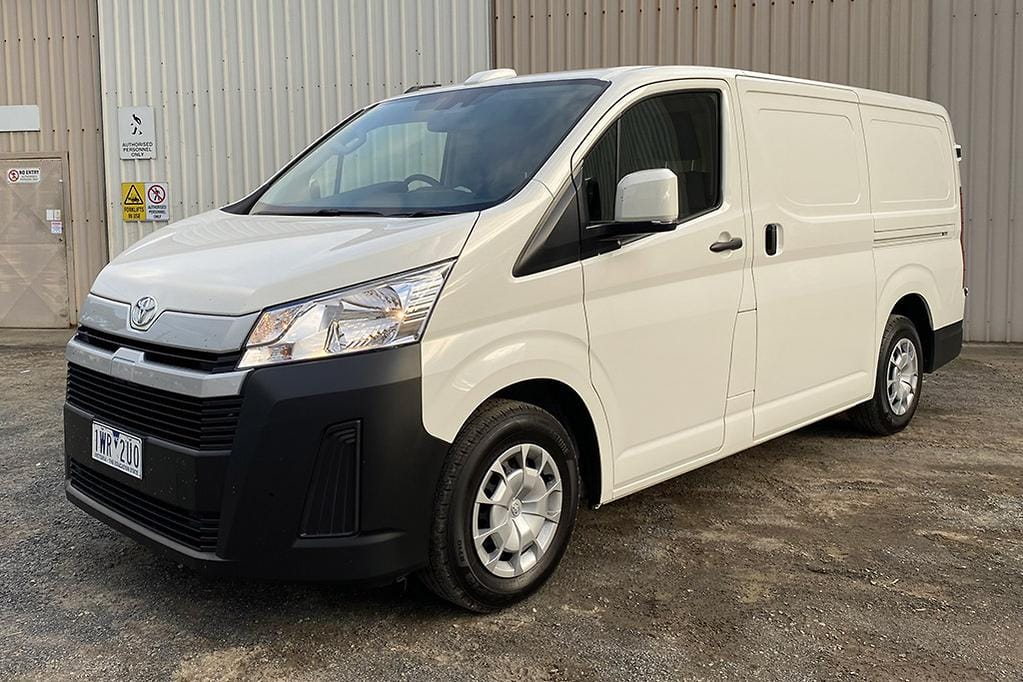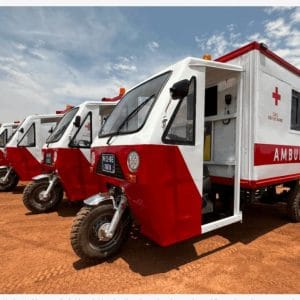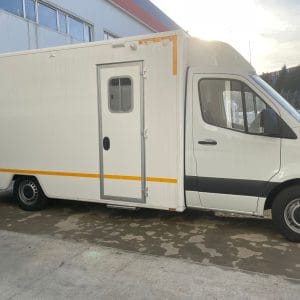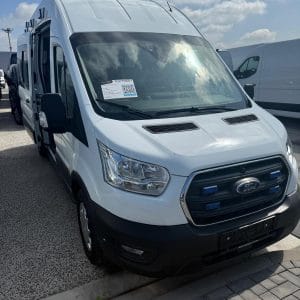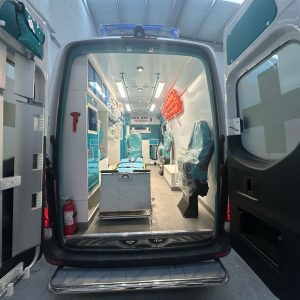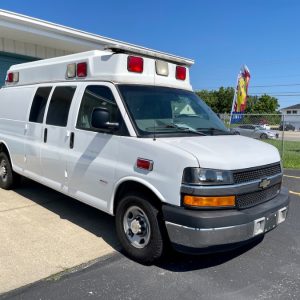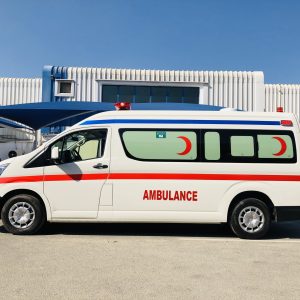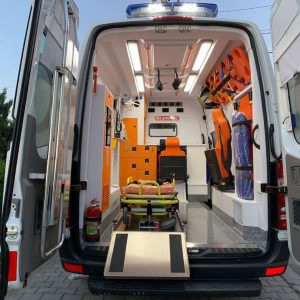The Toyota Hiace stands as a global icon in the van world, renowned for its legendary reliability, durability, and straightforward design. Unlike its European counterparts which often offer multiple length options, the Hiace typically comes in a single, well-proportioned size with the choice of a standard or high roof. The Hiace 3.5L High Roof variant is particularly popular for passenger transport (as a commuter van) and for cargo applications where maximum interior headroom is essential.
This guide provides a complete breakdown of the Hiace’s specifications, focusing on the powertrain that sets it apart: a powerful 3.5-liter gasoline V6 engine.
Toyota Hiace: Key Design Points
- Cab-Over-Engine Design: Unlike the Sprinter or Master, the Hiace features a flat-nose, cab-over design. This maximizes the cargo/passenger area within a relatively compact overall length.
- Single Length, Multiple Configurations: The Hiace is generally offered in one wheelbase but can be configured as a Panel Van, Commuter Bus, or Ambulance.
- Powertrain Focus: The 3.5L model is defined by its smooth and powerful gasoline V6 engine, a less common but highly effective choice in this segment.
Dimensions & Weights: High Roof Model
The High Roof model is the most versatile version, allowing most adults to stand up comfortably inside the cabin.
| Specification | High Roof Van |
|---|---|
| External Length | ~ 5,265 mm |
| External Width | ~ 1,950 mm |
| External Width (incl. mirrors) | ~ 2,095 mm |
| External Height | ~ 2,280 mm |
| Wheelbase | ~ 3,110 mm |
| Cargo Compartment Volume | Approx. 6.2 m³ (Panel Van) |
| Cargo Compartment Length | ~ 2,495 mm |
| Cargo Compartment Width | ~ 1,665 mm |
| Cargo Compartment Height | ~ 1,550 mm |
| Rear Door Opening Width | ~ 1,210 mm |
| Rear Door Opening Height | ~ 1,350 mm |
| Gross Vehicle Weight (GVW) | 2,990 kg / 3,200 kg (depending on market) |
| Kerb Weight | ~ 1,900 – 2,000 kg |
| Max. Payload | Approx. 1,000 – 1,200 kg |
Engine & Performance: The 3.5L V6 Powerhouse
The “3.5” in the name refers to the robust 2GR-FE (or similar) V6 gasoline engine. This is a key differentiator from the turbo-diesel engines common in European vans.
| Specification | Details |
|---|---|
| Engine Code | 2GR-FE / 2GR-FKS |
| Engine Type | V6, Dual VVT-i, Gasoline (Petrol) |
| Displacement | 3,456 cc (3.5L) |
| Fuel System | Direct & Port Injection (D-4S) |
| Power (Output) | 280 – 300 hp @ 6,200 rpm |
| Torque | 355 – 380 Nm @ 4,700 rpm |
| Fuel Type | Premium Unleaded (95 RON) |
| Transmission | 6-speed Automatic |
| Drivetrain | Rear-Wheel Drive (RWD) |
| Fuel Tank Capacity | 65 – 70 Litres |
Performance Analysis:
- Power Advantage: The 280+ horsepower rating is significantly higher than most diesel vans, providing exceptional acceleration and high-speed cruising capability.
- Torque Characteristic: While torque is strong, it is generated at higher RPMs compared to a diesel. This means the driving style is more car-like, requiring downshifts for maximum pulling power, unlike a diesel’s low-RPM shove.
- Smoothness & Refinement: The V6 engine is exceptionally smooth and quiet, contributing to a very comfortable driving experience.
Comparison with European Alternatives
| Feature | Toyota Hiace 3.5L | Mercedes Sprinter / Renault Master |
|---|---|---|
| Engine | 3.5L Gasoline V6 | 2.0L – 2.3L Turbo Diesel I4 |
| Primary Fuel | Gasoline (Petrol) | Diesel |
| Layout | Cab-Over-Engine | Semi-Bonnet / Front-Engine |
| Key Strength | Superior power, smoothness, reliability, simpler maintenance (in some regions). | Higher torque at low RPM, better fuel economy under load, greater variety of sizes/weights. |
| Cargo Volume | ~6.2 m³ (Fixed size) | Up to 15-17 m³ (Multiple sizes) |
| Ideal For | Passenger transport, deliveries where speed/refinement are prized, regions with cheap gasoline or diesel complexity concerns. | Heavy cargo, high-mileage logistics, applications requiring maximum cubic capacity. |
Advantages of the Toyota Hiace 3.5L High Roof
- Unmatched Reliability: Toyota’s reputation for building vehicles that last with minimal issues is the Hiace’s biggest selling point.
- Powerful Performance: The V6 engine provides a level of performance that diesel vans cannot match, making it excellent for highway driving and mountainous terrain.
- Driver Comfort: The car-like driving dynamics, smooth powertrain, and comfortable cabin reduce driver fatigue.
- Lower Maintenance Complexity: In regions where diesel quality is a concern or emissions systems (like DPFs) are problematic, a gasoline engine can be a simpler, more reliable choice.
Conclusion
The Toyota Hiace 3.5L High Roof is a unique and compelling proposition in the van market. It trades the ultimate cargo volume and diesel-fueled torque of its European rivals for a specific set of advantages: exceptional power, legendary Toyota reliability, and superior refinement. It is not a direct, like-for-like competitor to a large Sprinter or Master, but rather a highly capable solution for businesses that prioritize durability, passenger comfort, and powerful performance over maximum cubic capacity. For those who need a dependable, comfortable, and surprisingly quick van, the Hiace 3.5L is an outstanding choice.
Note: Specifications can vary significantly by model year and regional market (e.g., Asia, Middle East, Africa). Always consult with an official Toyota dealer for the precise specifications available in your country.


